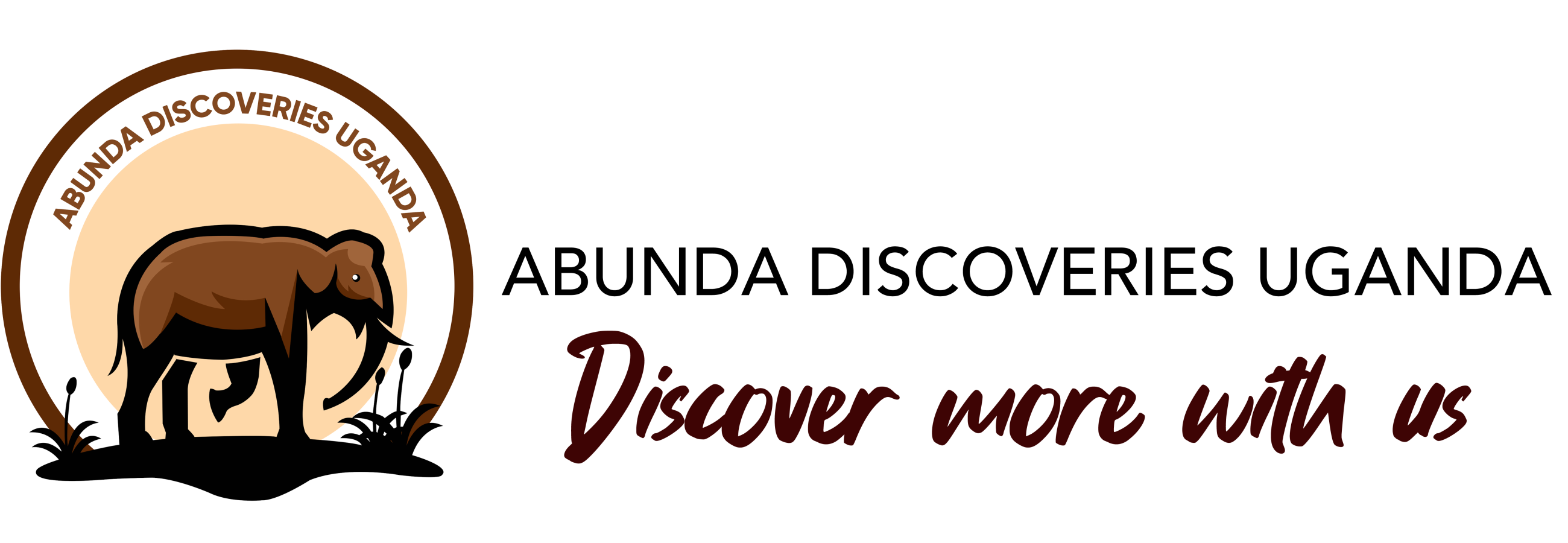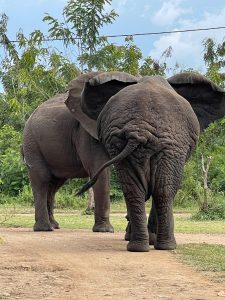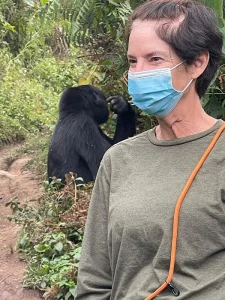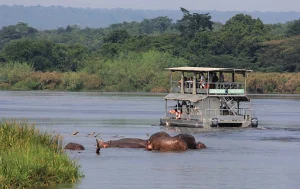Rwanda is often celebrated for its mountain gorillas, but beyond the misty peaks of Volcanoes National Park lies a lesser-known adventure that’s equally thrilling combined chimpanzee tracking and hiking tours. These experiences take travelers deep into Rwanda’s lush forests and rolling hills, blending wild primate encounters with scenic, soul-stirring hikes. If you’re looking to experience Rwanda beyond gorillas, this is the perfect blend of nature, adventure, and wildlife. Chimpanzee and Hiking Tours
This guide explores what combined chimpanzee and hiking tours look like in Rwanda, including top destinations, what to expect, required fitness levels, costs, and practical travel tips.
Where can you go chimpanzee tracking in Rwanda?
The best place to track chimpanzees in Rwanda is Nyungwe Forest National Park, a pristine, ancient rainforest in the country’s southwest. Spanning more than 1,000 square kilometers, Nyungwe is home to a diverse range of flora and fauna, including:
- Over 500 chimpanzees
- 13 other species of primates (including colobus monkeys)
- 300+ bird species
- Rare orchids, butterflies, and ferns
Chimpanzee tracking in Nyungwe usually starts early in the morning from Uwinka Visitor Centre or Cyamudongo Forest, a nearby patch of dense jungle. Visitors hike with trained guides into the forest, following the chimps’ vocalizations and movements.
What makes Nyungwe ideal for hiking as well?
Nyungwe is not just a chimp haven it’s also one of East Africa’s top hiking destinations, offering over 130 kilometers of well-maintained trails. The park’s terrain is mountainous, misty, and bursting with biodiversity.
Top hiking trails in Nyungwe include:
- Igishigishigi Trail – A short but rewarding hike that includes the famous canopy walk, a 60-meter-long suspension bridge 50 meters above the forest floor.
- Isumo Trail – A more challenging route leading to a beautiful waterfall through tea plantations and lush forest.
- Bigugu Trail – Ascend Mount Bigugu (2,950 meters), offering sweeping views of Lake Kivu and the distant Congo border.
- Ngabwe Trail – Great for birdwatching and chances to see monkey species.
Hiking and chimp tracking can be combined in the same itinerary or done over two to three days, depending on your interests and physical stamina.
What does a combined chimpanzee and hiking itinerary look like?
Here’s an example of a 3-day combined tour to Nyungwe Forest:
Day 1: Arrival and Canopy Walk
- Depart from Kigali (early morning, 5–6 hour drive)
- Afternoon hike on the Igishigishigi Trail and canopy walk
- Dinner and overnight at a lodge near the park
Day 2: Chimpanzee Tracking + Optional Afternoon Hike
- Early breakfast (tracking begins by 5:00–5:30 am)
- Trek into Cyamudongo or Uwinka forests for 2–5 hours
- Return for lunch and rest
- Optional short hike (e.g., Kamiranzovu Swamp Trail)
Day 3: Morning Hike and Departure
- Choose a trail such as Isumo Waterfall or Bigugu Summit
- Return to lodge and transfer back to Kigali (or continue to Lake Kivu or Volcanoes National Park)
This tour can be extended or adjusted to include cultural experiences, tea plantation tours, birdwatching, or even colobus monkey trekking.
How difficult is chimpanzee tracking and hiking in Nyungwe?
Both chimpanzee tracking and hiking in Nyungwe require moderate physical fitness. The forest is hilly, often wet, and the paths can be slippery. Chimps move quickly, so hikers often must follow them across rugged terrain.
Key points about the difficulty level:
- Chimpanzee tracking can last 2–5 hours, sometimes longer depending on the chimps’ location.
- Some trails are steep and humid, especially during the rainy season.
- The Bigugu Trail is the most demanding, with high elevation gains.
- The Canopy Walk Trail is short and accessible to most visitors.
- Hiking boots, rain gear, and walking sticks are highly recommended.
Travelers with average fitness who are comfortable with long walks and uneven terrain usually do well. For those less active, shorter trails and the canopy walk offer rewarding experiences without intense exertion.
What are the best times to go?
The best times for combined chimpanzee and hiking tours in Rwanda are during the dry seasons:
- June to September (long dry season)
- December to February (short dry season)
These months offer better trail conditions, more reliable chimp sightings, and clearer views. However, Nyungwe Forest receives rainfall year-round due to its elevation and rainforest ecosystem, so always pack for showers.
The wet seasons (March to May, October to November) bring lusher vegetation and fewer tourists, but trails can be muddy and challenging.
How much does a combined chimpanzee and hiking tour cost?
Pricing varies based on group size, accommodation, and included services. Here’s a rough breakdown:
- $150 per person (non-resident)
- Required to track chimpanzees
- $60 per person
Hiking Trails (guided):
- $40–$100 depending on trail length and guide fees
Lodging:
- Budget: $80–$150 per night
- Mid-range: $150–$300 per night
- Luxury: $350–$800+ per night (e.g., One&Only Nyungwe House)
Transport:
- Private 4×4 transfer from Kigali: $300–$600 round trip depending on number of people
Typical 3-day tour cost (per person):
- Budget: $600–$800
- Mid-range: $900–$1,400
- Luxury: $1,800–$3,000+
Most organized tours include transport, permits, guide fees, meals, and lodging.
What should you pack for a chimp and hiking tour?
Because of Nyungwe’s unpredictable weather and demanding terrain, it’s important to come well-prepared:
- Sturdy hiking boots (preferably waterproof)
- Long-sleeved shirts and long pants
- Rain jacket and warm layers (it gets cold in the mornings)
- Insect repellent
- Hat and sunscreen
- Refillable water bottle
- Camera (no flash during tracking)
- Walking stick (often provided by guides)
Light daypacks are useful for carrying snacks, water, and gear during hikes and tracking.
Can you combine chimpanzee tracking with other destinations?
Absolutely. Many travelers combine Nyungwe’s chimp and hiking experience with:
- Volcanoes National Park – For mountain gorilla trekking
- Akagera National Park – For a traditional savannah safari with lions, elephants, and rhinos
- Lake Kivu – For relaxation, kayaking, and waterfront scenery
- Kigali – For culture, markets, and the Genocide Memorial
A full circuit across Rwanda can be done in 7–10 days, covering forests, lakes, wildlife, and primates.
Is a combined chimpanzee and hiking tour in Rwanda worth it?
Without question, yes. If you’re looking for a more active and immersive experience of Rwanda beyond gorilla trekking, a chimpanzee and hiking tour in Nyungwe Forest delivers in every way. The park’s untouched rainforest, rich biodiversity, and scenic beauty offer a deep connection with nature, while the chimp tracking adds an adrenaline-pumping, emotional encounter with our closest relatives.
Whether you’re a hiker, primate lover, photographer, or nature enthusiast, this combined experience reveals Rwanda’s incredible ecological diversity in ways few travelers get to experience. With careful planning and the right gear, your journey through Nyungwe will be one of the most memorable parts of your African adventure.




